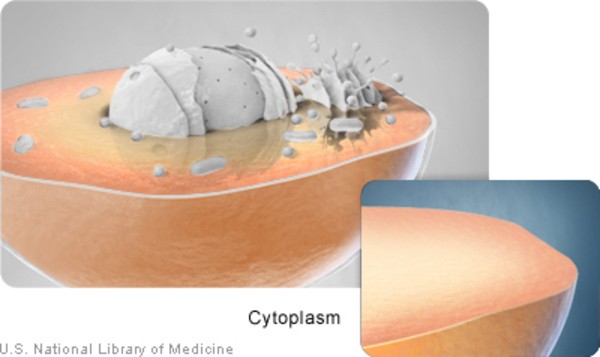Cells are the fundamental units of life, the smallest entities capable of carrying out life processes. From single-celled organisms like bacteria to complex multicellular beings like humans, all living organisms are composed of cells. But what is a cell in detail? Let’s delve into their structure, function, and importance.
Cells provide structure to the body, facilitate nutrient absorption from food, convert these nutrients into energy, and perform specialized functions. A human body comprises trillions of cells, each working in coordination to ensure overall health and functionality. They also hold the body’s genetic blueprint and possess the ability to replicate.
The Anatomy of a Cell: Exploring its Key Components
Cells aren’t just simple bags of fluid; they are highly organized structures with various components, each performing a specific role. These components, known as organelles, work together to maintain cell function and contribute to the organism’s overall health. Here are some of the major parts of a human cell:
-
Cytoplasm: The cytoplasm is the gel-like substance within the cell where organelles are suspended. It’s composed of cytosol (the fluid portion) and other structures surrounding the nucleus, providing a medium for cellular processes.
-
Cytoskeleton: This intricate network of protein fibers provides structural support and shape to the cell. The cytoskeleton also plays a crucial role in cell division, movement, and the transportation of substances within the cell.
-
Endoplasmic Reticulum (ER): The ER is a network of membranes involved in the synthesis, modification, and transport of molecules. It comes in two forms: rough ER (with ribosomes) and smooth ER (without ribosomes), each performing specific functions.
-
Golgi Apparatus: This organelle processes and packages proteins and lipids synthesized in the ER, preparing them for transport to other parts of the cell or secretion outside the cell. It acts like a cellular post office.
-
Lysosomes and Peroxisomes: These are the cell’s recycling centers. They contain enzymes that break down waste materials, foreign invaders, and worn-out cell components. They digest foreign bacteria that invade the cell and rid the cell of toxic substances
-
Mitochondria: Often called the “powerhouses” of the cell, mitochondria are responsible for generating energy through cellular respiration. They convert nutrients into adenosine triphosphate (ATP), the cell’s primary energy currency. They have their own genetic material, separate from the DNA in the nucleus, and can make copies of themselves.
-
Nucleus: The nucleus is the control center of the cell, containing the cell’s genetic material (DNA). It directs cell growth, metabolism, and reproduction. The nucleus is surrounded by a nuclear envelope, which protects the DNA and separates the nucleus from the rest of the cell.
-
Plasma Membrane: This outer boundary of the cell separates the cell’s interior from its external environment. It’s a selectively permeable barrier that regulates the movement of substances in and out of the cell.
-
Ribosomes: These are the protein synthesis factories of the cell. Ribosomes translate genetic information from mRNA into proteins, essential for carrying out cellular functions. These organelles can float freely in the cytoplasm or be connected to the endoplasmic reticulum.
The Significance of Cells: Why Understanding Them Matters
Understanding what is a cell and how it functions is crucial in various fields, including medicine, biology, and biotechnology. It provides the foundation for understanding diseases, developing new therapies, and advancing our knowledge of life itself. By studying cells, scientists can gain insights into genetic disorders, cancer, and infectious diseases, paving the way for more effective treatments and preventative measures.
In conclusion, cells are the fundamental building blocks of life, and their intricate structure and function are essential for the survival of all living organisms. Further research into cell biology promises to unlock even more secrets of life and revolutionize healthcare and biotechnology.
